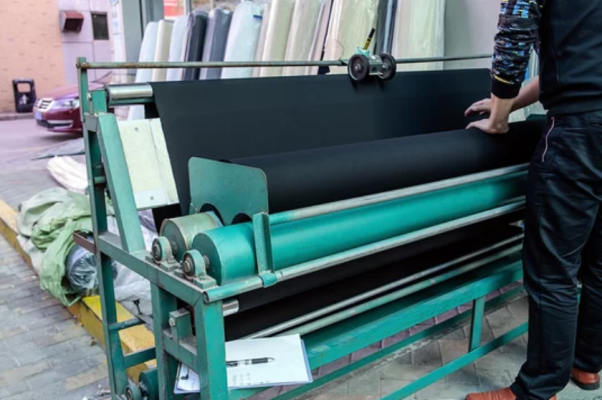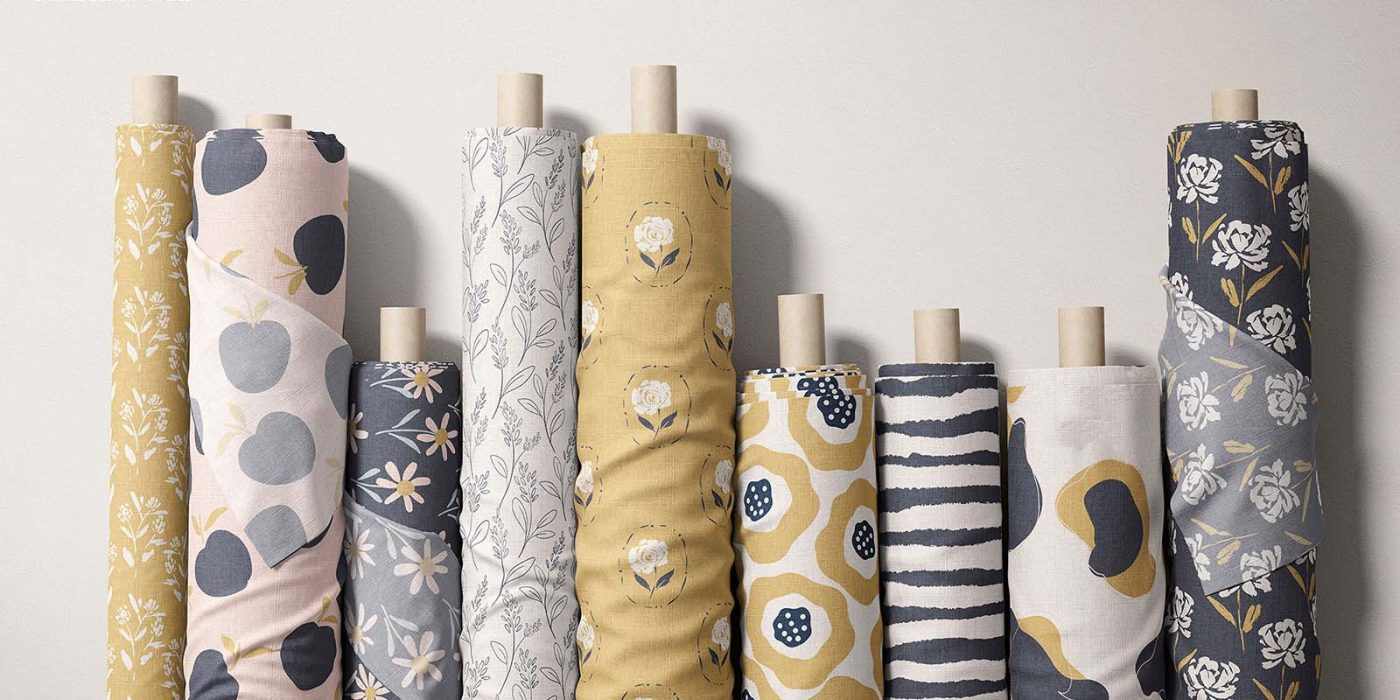If you are a textile or apparel manufacturer, you know how important it is to ensure the quality of your fabric before you use it for making garments. You want to avoid ending up with fabric that has defects, such as holes, stains, or color variations, that can ruin your products and reputation. That’s why you need to do fabric inspection, which is checking the fabric for any faults and grading it according to its quality level. You must also prepare an inspection report that documents your findings and actions. Fabric inspection can help you avoid fabric-related problems, save money and resources, satisfy your customers and buyers, and maintain your brand image. In this article, we will give you a comprehensive guide on properly inspecting fabric.

What is Fabric Inspection important in Manufacturing?
Fabric inspection is important for preventing defects in the final product and avoiding many other problems that can affect the production process. Defective fabric can cause a lot of trouble for garment brands and suppliers, such as:
- Wasting fabric and money: If the fabric has inconsistent width, some parts are too narrow or too wide to be used for cutting. This leads to more fabric being thrown away or left unused. This also increases the fabric consumption and cost per garment.
- Complicating production steps: Some parts are lighter or darker than others if the fabric has different colour shades. This affects the product quality and appearance. During production, it also requires extra care and attention to separate and match the fabric by color shades. This adds more time and effort to the production steps.
- Increasing defect risk: If the fabric has high defect rates, some parts have stains, holes, or other flaws. This reduces the quality and usability of the fabric. It also increases the chance of finding defects in the garment after cutting or sewing. This may result in more rework or rejection of the garment.
What are Fabric Inspection Methods?
When you inspect fabric, you need to use a method that can help you find and grade the defects in the fabric. Different methods have different ways of assigning points to defects based on how big and bad they are. The more points a defect has, the worse it is for the fabric quality. You also need to calculate the total points for the whole fabric roll or than and compare it with a limit that tells you if the fabric is acceptable. Some of the methods commonly used for fabric inspection include 4-point system, 10-point system and 2.5 point system; but the 4-point system is the most commonly used one amongst the others.
Four-point system method in Fabric Inspection
Four-point system is the most common and widely used method for fabric inspection This method gives one to four points to each defect depending on how long or wide it is. The biggest defect can only get four points. To get the total points for the fabric roll, add up all the points for all the defects and divide by 100. Then you check if the total points are below or above the limit you set. If they are below, the fabric is acceptable. If they are above, the fabric is not acceptable. For example, if a fabric roll has 10 defects with 1 point each, 5 defects with 2 points each, and 2 defects with 4 points each, then the total points are (10 x 1) + (5 x 2) + (2 x 4) = 32. If you divide 32 by 100, you get 0.32. The fabric is acceptable if your limit is 0.40 because 0.32 is below 0.40.
Sampling size for the 4-point system
The sampling size for the 4-point system in fabric inspection is 10% of the total lots in meters per order per color. This means you must inspect 10% of the fabric you receive from the supplier for each order and each color. For example, if you order 1000 meters of blue fabric and 500 meters of red fabric from a supplier, you must inspect 100 meters of blue and 50 meters of red fabric using the 4-point system.
What is the penalty system of 4-point inspection?
The penalty system of 4-point in fabric inspection gives points to defects based on how big and bad they are. The worst defect can get four points at most. You can measure a defect by length or width; it doesn’t matter which one you use. You only look at the major defects. You don’t give any points to the minor defects. When you find a defect during fabric inspection using the 4-point system, you have to give it some points based on how severe or long it is. Here is a table that shows you how many points to give for different defects:
| Defect Size (inches) | Defect Size (mm) | Points |
| 0 to 3 inches | Up to 75 mm | 1 point |
| 3.1 to 6 inches | 75 mm to 150 mm | 2 points |
| 6.1 to 9 inches | 150 mm to 230 mm | 3 points |
| More than 9 inches | More than 230 mm | 4 points |
| Holes and Openings up to 1 inch | Holes and Openings up to 2.5 cm | 2 points |
| Holes and Openings more than 1 inch | Holes and Openings more than 2.5 cm | 4 points |
What is the pass and fail criteria of the 4-point system?
The pass and fail criteria of the 4-point system depend on the company’s predefined acceptance standards. Some factories establish that up to 40 points per 100 square yards is acceptable, however, in the apparel and textile industry, apparel brands and buyers set their standards for acceptable points.
Some examples of Fabric Defects
- Horizontal lines: irregular lines that run from side to side, caused by faults in the bobbin or irregular thread tension. Penalty points depend on the length of the defect, ranging from 1 point for 7 cm or less to 4 points for over 22 cm
- Dirt/stains: spots or patches of differing color, caused by contamination during dyeing, printing, finishing, or handling. Penalty points depend on the size and visibility of the defect, ranging from 1 point for small and faint stains to 4 points for large and obvious stains.
- Holes: openings or tears in the fabric, caused by accidental cuts, mechanical damage, insects, or chemical reactions. Penalty points depend on the size of the defect, ranging from 2 points for holes or openings of 2.5 cm or less to 4 points for holes or openings of over 2.5 cm.
How to inspect fabric quality
When examining the quality of the fabric, different criteria used by the inspectors are:
- Color: The fabric should match the color standard and have no variation in shade, hue, or tone within the same roll or between different rolls
- Density: The fabric should have a consistent density and weight throughout the roll and meet the specifications for the end use
- Printing: The fabric should have a clear and accurate printing pattern with no misalignment, smudging, or color bleeding
- Measurement: The fabric should have a uniform width and length that conform to the requirements and tolerances
- Defects: The fabric should have minimal defects such as stains, holes, snags, creases, or shading that affect the appearance or performance of the fabric. Defects are assigned penalty points according to their size and significance using a grading system such as the 4-point system
Conclusion: The Ultimate Guide to Fabric Inspection and Quality Control
Fabric inspection is vital to ensure fabric quality in terms of colour, density, weight, printing, measurement and defects. Fabric inspection can help prevent production challenges, reduce wastage, and improve customer satisfaction.
If you are looking for a quality control company to help you conduct fabric inspection professionally, contact VIS. As a leading provider of quality control services in Asia, with a team of experienced and qualified inspectors who can perform fabric inspection according to your requirements and standards, help you ensure the quality of your fabric and achieve your business goals.



Related Posts